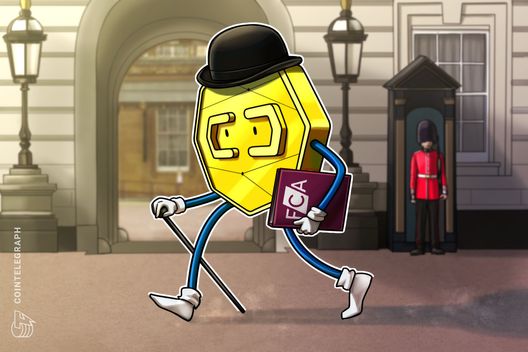Crypto News
Why can’t Ether hold $3K? ETH recovery in doubt as data tilts bearish

Ether price wobbled as weak onchain activity, low futures demand and aggressive selling by holders favored a potential ETH price drop to $2,300.
Published Date: 2025-12-16 15:23:07Creator: Cointelegraph by Nancy Lubale
Read More
Crypto’s ‘super app’ race is on as industry enters aggregation era: Report

According to Delphi Digital, Crypto exchanges are racing to become the home screen for trading, payments and Web3.
Published Date: 2025-12-16 14:22:42Creator: Cointelegraph by Christina Comben
Read More
Ronin and ZKsync’s onchain metrics fell the most in 2025

Some of last year’s hottest blockchains saw the steepest declines in onchain activity after viral moments failed to drive sustained growth.
Published Date: 2025-12-16 14:03:41Creator: Cointelegraph by Yohan Yun
Read More
Visa launches USDC settlement for US banks on Solana blockchain

Visa launched USDC settlement for US financial institutions, starting with Cross River and Lead Bank on Solana, with a wider rollout planned for 2026.
Published Date: 2025-12-16 14:01:04Creator: Cointelegraph by Adrian Zmudzinski
Read More
Political tokens played key role in memecoin boom and bust: CoinGecko

Election-linked speculation and viral political tokens reshaped memecoins in 2024 before confidence unraveled in early 2025, CoinGecko data shows.
Published Date: 2025-12-16 13:36:42Creator: Cointelegraph by Ezra Reguerra
Read More
Solana under ‘industrial scale’ DDoS attack: Co-founder says it’s ‘bullish’

Solana co-founder Anatoly Yakovenko claims the network is facing an industrial-scale 6 Tbps DDoS attack that has shown little visible impact.
Published Date: 2025-12-16 13:05:05Creator: Cointelegraph by Adrian Zmudzinski
Read More
Custodia renews bid for Fed master account in rehearing push at Tenth Circuit

Custodia Bank is asking the full Tenth Circuit Court of Appeals to review the US Fed’s decision denying it a master account, which would allow it to process payments directly.
Published Date: 2025-12-16 12:28:00Creator: Cointelegraph by Helen Partz
Read More
Spain’s regulator sets out MiCA transition rules for crypto platforms

Spain’s securities regulator, CNMV, has spelled out how it plans to run MiCA in practice, using a Q&A to inform crypto companies what to expect.
Published Date: 2025-12-16 12:17:12Creator: Cointelegraph by Christina Comben
Read More
UK regulator consults on crypto rules for exchanges, lending and DeFi

The UK's FCA launched three consultations on new crypto market rules covering exchanges, staking, lending and DeFi, with feedback due Feb. 12, 2026.
Published Date: 2025-12-16 11:30:13Creator: Cointelegraph by Ezra Reguerra
Read More
Alexander Ray, our partner within the CTDG initiative and a Web3 entrepreneur, co-founder of Albus Protocol and JPool, has passed away

For our team, this is not only the loss of a respected builder in the Web3 space, but the loss of a close and trusted partner.
Published Date: 2025-12-16 11:22:49Creator: Cointelegraph by Cointelegraph Decentralization Guardians
Read More